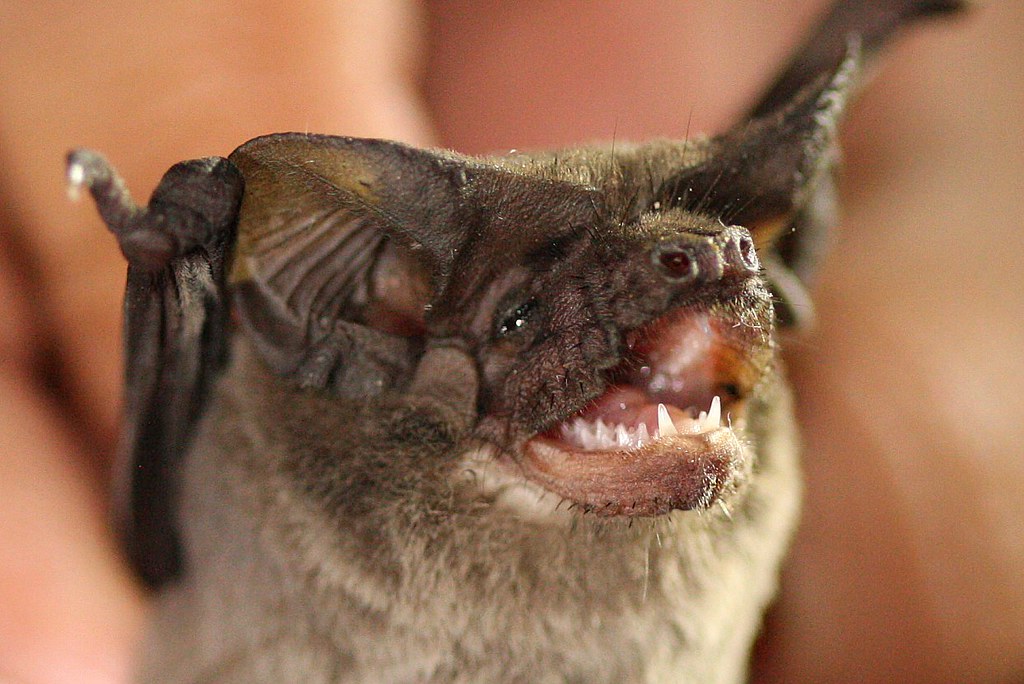Dogs Really Do Bring Us Comfort
“Dogs
will make a speedy effort to comfort their owners if they think they are upset,
study has shown.
Anecdotally, dog owners often say their pets are in tune with their
emotions & will
offer support in times of crisis, but it has
never been scientifically tested.
In a
new study, scientists from John Hopkins University in Baltimore took 34 dogs
positioned them behind a door closed with
magnets, with their owners on the other side.
The owners were asked to either hum Twinkle,
Twinkle Little Star or pretend to cry.
They
found that many of the dogs nosed their way through the door, but they did it 3
times more quickly when they thought their
owners were upset & needed comforting.
‘We
found dogs not only sense what their owners are feeling, if a dog knows a way
to
help them, they’ll go through barriers to
provide it,’ said lead author Emily Sanford, a
graduate student in psychological & brain
sciences…
‘Dogs
have been by the side of humans for tens of thousands of years & they’ve
learned to read our social cues.’
During the task, the researchers also measured the dog’s stress levels
& found those
who were able to push through the door to
‘rescue’ their owners showed less stress,
meaning they were upset by the crying, but not
too upset to take action…”
Sarah Knapton
London Daily Telegraph
July 28/2018
Cute Critter Pic
Weekly Chuckle


















